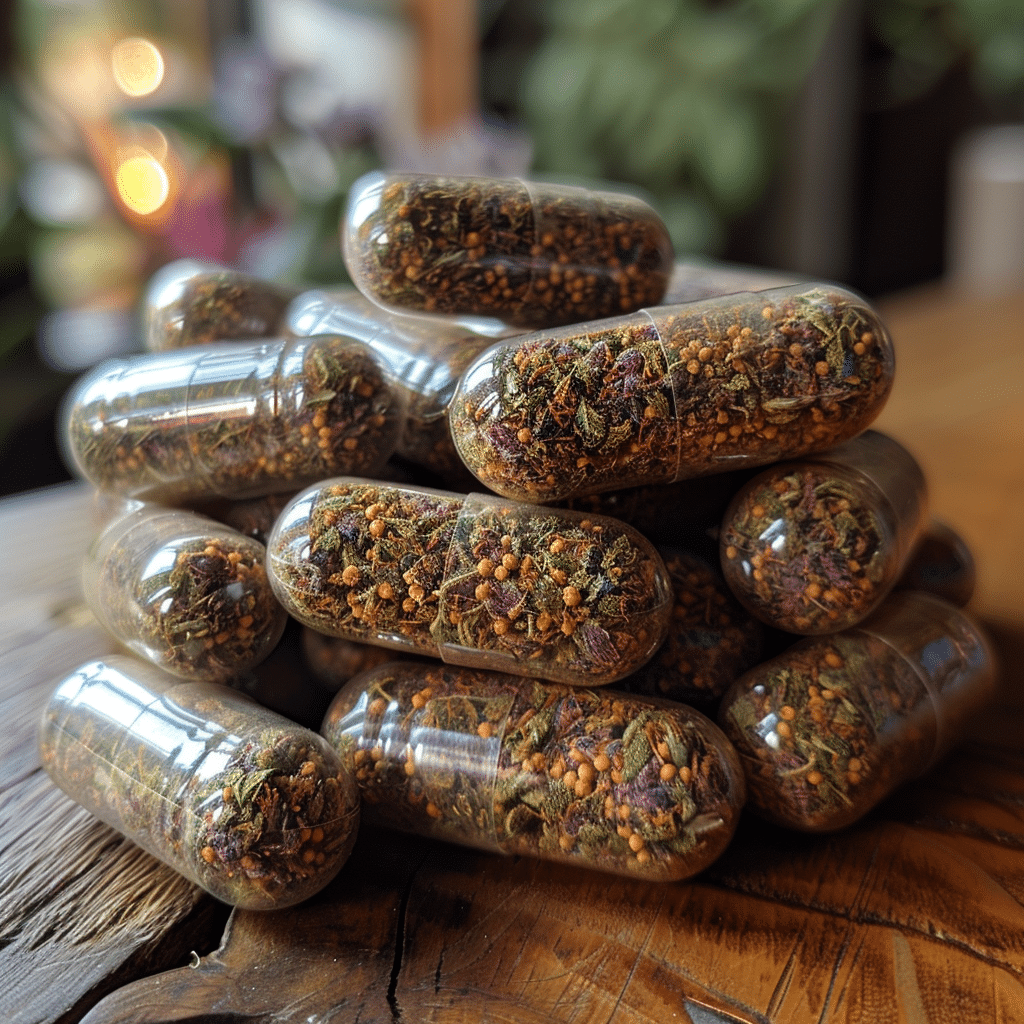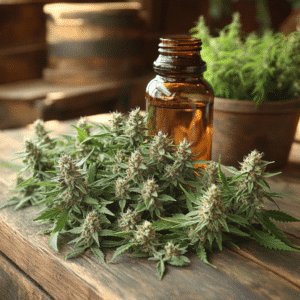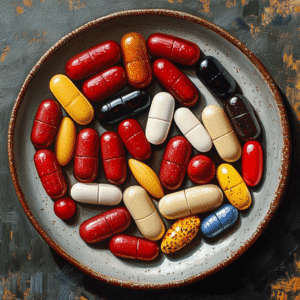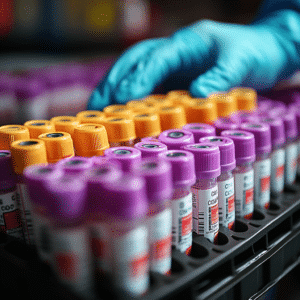Understanding the Complex Dynamics of Weed and Adderall
In recent years, the combination of weed and Adderall has become a focal point of discussion among both medical professionals and the general public. This article will dissect the multifaceted relationship between these two substances, analyzing their effects and associated risks. Weed, often seen as a relaxant, and Adderall, a stimulant prescribed for ADHD, create an unpredictable mix that calls for a detailed understanding.
Top 7 Considerations When Using Adderall and Weed Together

1. The Interaction of Adderall and Weed on the Human Brain
Research has indicated that the simultaneous use of Adderall and weed can lead to unpredictable neurological responses. Adderall, prescribed for attention deficit hyperactivity disorder (ADHD), acts as a powerful stimulant, while weed, or cannabis, is known for its psychoactive properties. When combined, these substances can have conflicting effects on the brain, leading to variations that are both surprising and concerning. The increasing legalization of weed for recreational purposes and the widespread prescription of Adderall highlight a growing need for awareness and caution.
2. Managing the Adderall Comedown with Weed
Many users turn to weed to mitigate the harsh comedown associated with Adderall. Though weed can ease anxiety and assist with sleep, integrating it for this purpose comes with its own complexity. Cannabis use might reduce some Adderall comedown symptoms but can also cause dependency and increased tolerance. For instance, while some find relief, others experience exacerbated lethargy and cognitive impairment.
3. The Alarming Connection Between Adderall Psychosis and Weed
The connection between Adderall psychosis and weed is particularly troubling. Adderall-induced psychosis can involve severe paranoia, hallucinations, and delusional thinking. Cannabis usage can amplify these effects. A 2022 study in the Journal of Clinical Psychiatry documented acute psychotic episodes linked to the mix of Adderall and weed, offering a word of caution to users.
4. Comparing the Effects of Sativa and Dexedrine
Many users prefer Sativa strains of weed for their perceived energizing properties, believing these complement the stimulant effects of Dexedrine, another form of dextroamphetamine. While some report heightened focus, others experience anxiety and heart palpitations. Healthline’s 2023 survey revealed a mixed bag of results, underlining the need for more nuanced understanding and personalization in treating ADHD.
5. Vyvanse and Weed: A Dangerous Duo?
Similar to Adderall, Vyvanse is used to treat ADHD and carries significant risks when combined with weed. Clinical reports and firsthand accounts highlight hazards like heightened anxiety, cardiovascular stress, and impaired cognitive functioning. A study in the American Journal of Psychiatry (2024) outlines how the combination of Vyvanse and weed can disrupt neurotransmitter balance, making this duo particularly dangerous.
6. The Wet Finger Method for Effexor Withdrawal: Can Weed Help?
Effexor (venlafaxine) withdrawal can be brutal, with severe symptoms that some attempt to mitigate using weed. The wet finger method involves precise tapering techniques. While weed use during this process might seem to ease the discomfort, it can interfere with serotonin levels, complicating recovery. Real-life cases and neurologist perspectives reveal the challenges and potential setbacks of such methods.
7. Overarching Question: Why is Life So Hard with Adderall and Weed?
Many people find themselves asking, “Why is life so hard when juggling Adderall and weed?” Beyond the scientific explanations, personal narratives show emotional and psychological struggles linked to substance dependency. Organizations like Mothers Against emphasize the importance of understanding underlying issues and providing comprehensive support systems.
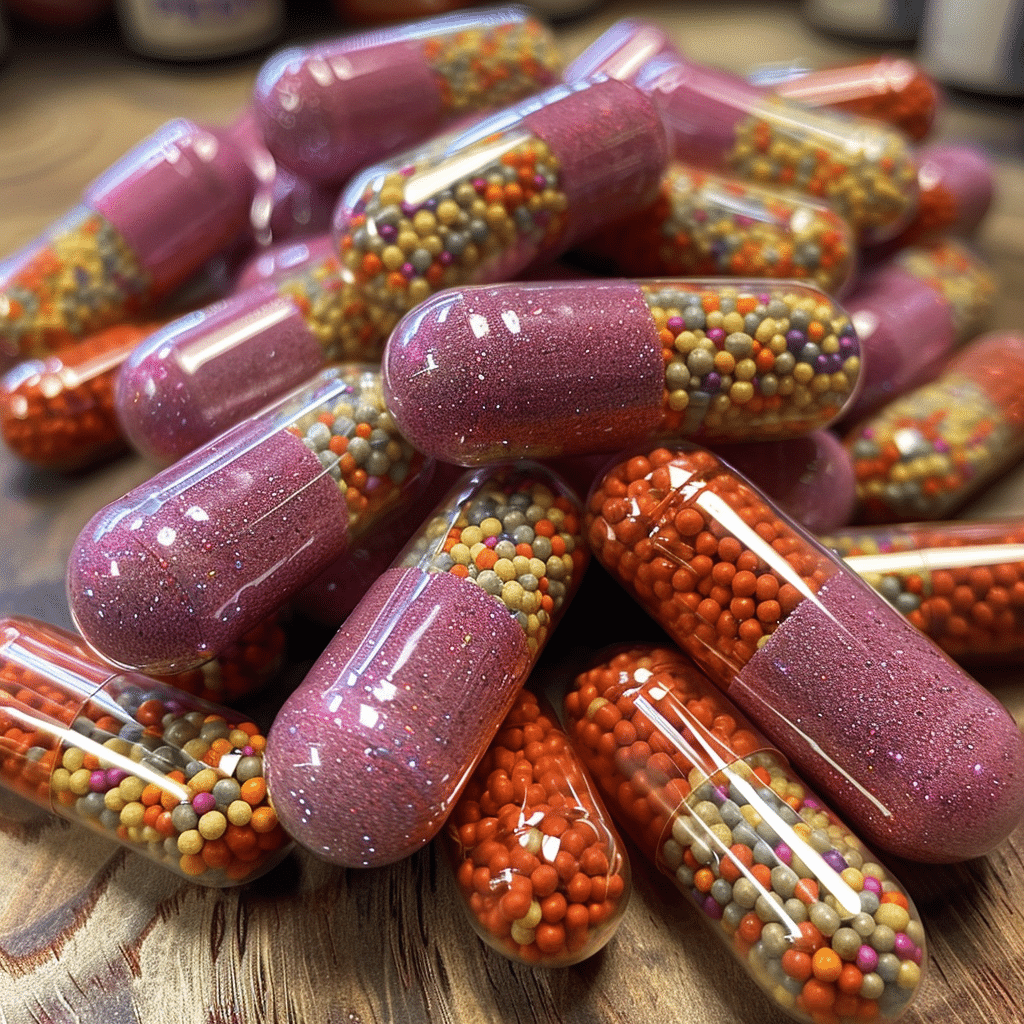
| Aspect | Weed (Cannabis) | Adderall (Amphetamine) |
| Legal Status | Varies by country and U.S. state (legal for medical/recreational use in some regions) | Prescription-only medication in most countries and regions |
| Usage | Recreational use, pain relief, anxiety reduction, improved sleep, appetite stimulation | Treatment of ADHD and narcolepsy, sometimes used off-label for other conditions |
| Active Ingredients | THC (tetrahydrocannabinol), CBD (cannabidiol) | Amphetamine salts (dextroamphetamine and levoamphetamine) |
| Forms of Consumption | Smoking, vaping, edibles, oils, tinctures, topical creams | Oral tablets, extended-release capsules |
| Common Side Effects | Dry mouth, dizziness, increased appetite, euphoria, short-term memory impairment | Increased heart rate, elevated blood pressure, insomnia, loss of appetite, anxiety |
| Potential Risks | Dependency, impaired cognitive function, mental health issues (e.g., anxiety, paranoia) | Dependency, cardiovascular issues, potential for abuse, mental health issues |
| Interactions | May interact with alcohol, sedatives, and certain psychiatric medications | Interacts with MAOIs, SSRIs, blood pressure medications, and some antacids |
| Price Range | Varies widely by region, quality, and form (e.g., $10-$30 per gram in the U.S.) | Approx. $20-$300 per month depending on dosage and form |
| Medical Benefits | Pain relief, anti-inflammatory, anti-anxiety, anti-seizure | Increased focus, reduced hyperactivity, improved attention span |
| Duration of Effects | Typically 1-3 hours for smoking/vaping; 6-8 hours for edibles | 4-6 hours for immediate-release; 10-12 hours for extended-release |
| Risk of Overdose | Very low risk; symptoms include extreme drowsiness, dizziness, paranoia | High risk; symptoms include severe cardiovascular complications, psychosis |
| User Demographics | Often used by adults of all ages, increasingly accepted for medical purposes | Primarily prescribed to children and adolescents with ADHD, also some adults |
| Addiction Potential | Moderate, dependence can occur with heavy, frequent use | High, especially with non-prescribed or recreational use |
Innovative Strategies for Tackling Addiction
The interplay between weed and Adderall presents intricate challenges that demand attention. Understanding the science, individual experiences, and societal implications is crucial for developing effective education, prevention, and support strategies. Parents, caregivers, and society members need to stay informed and proactive.
Explore the intersection of mental health and substance use. Learn from resources like Fc barcelona Vs man united Lineups to discuss structured team planning. The intricate dynamics faced by families dealing with addiction are comparable to the meticulous planning seen in high-profile sports.
In light of these insights, the key takeaway is clear: addressing substance use complexities requires a multi-dimensional approach that integrates scientific research, personal experience, and community support. By prioritizing holistic health and well-being, we can better support those struggling with addiction and its myriad challenges. Bookmark, share, and discuss this piece to foster an informed, compassionate community.
For those looking for further information on substance use, check out the effects of combining Adderall And alcohol and Vyvanse And alcohol. For those interested in understanding the nature of addiction treatments, the resource on weed Pills could be immensely helpful.
Let’s work together to create a supportive environment for our loved ones struggling with addiction. We invite you to explore more about substance use and holistic healing on our website, www.MothersAgainstAddiction.org.
Best Weed and Adderall Review Guide
Navigating the world of controlled substances, especially combining weed and adderall, can be as puzzling as a court case trial. So, let’s dive into some fun trivia and interesting facts about this curious combo.
The Surprising Origins
Ever wondered about the historical backdrop of these substances? Adderall, originally developed in the ’90s, is now a widely prescribed medication for ADHD, whereas marijuana use dates back thousands of years worldwide. Interestingly, the juxtaposition of a setup like this, where a clinically manufactured drug gets pitted against a naturally occurring plant, unfolds stories reminiscent of legal drama. It’s almost like the ongoing saga of the Trump court case, each chapter unfolding intriguing new angles.
The Science Behind Their Effects
How do these substances perform individually? Well, the active ingredient in Adderall, amphetamine, increases focus and alertness, while THC in weed can have relaxing effects. Combining these two seems like balancing a high-stakes match between two powerhouse players, akin to comparing stats between the Mexico national football team Vs Jamaica national football team Stats. When carefully balanced, they can invoke varied effects, both positive and negative.
Real-Life Applications and Popularity
With more states legalizing marijuana and ongoing prescriptions of Adderall, the combo’s buzz is undeniable. It’s like having your mortgage interest rate compared to a dynamic variable, always changing based on myriad conditions interest rate mortgage). As more research unfolds, the combination’s popularity shows how dynamic our understanding of substances can be.
Fun Trivia!
Did you know? The rise in prescriptions for Adderall skyrocketed by the early 2000s, making it one of the most well-known stimulants today. Weed, on the other hand, has been culturally significant across civilizations for its myriad uses from medicinal to recreational. Just this year, more states jumped on the legalization bandwagon, making the discussions about weed and adderall even more vibrant and engaging.
Reading this may feel like the experience of activating your favorite streaming service Funimation activate)—a( mix of nostalgia, new information, and curiosity about what comes next.
